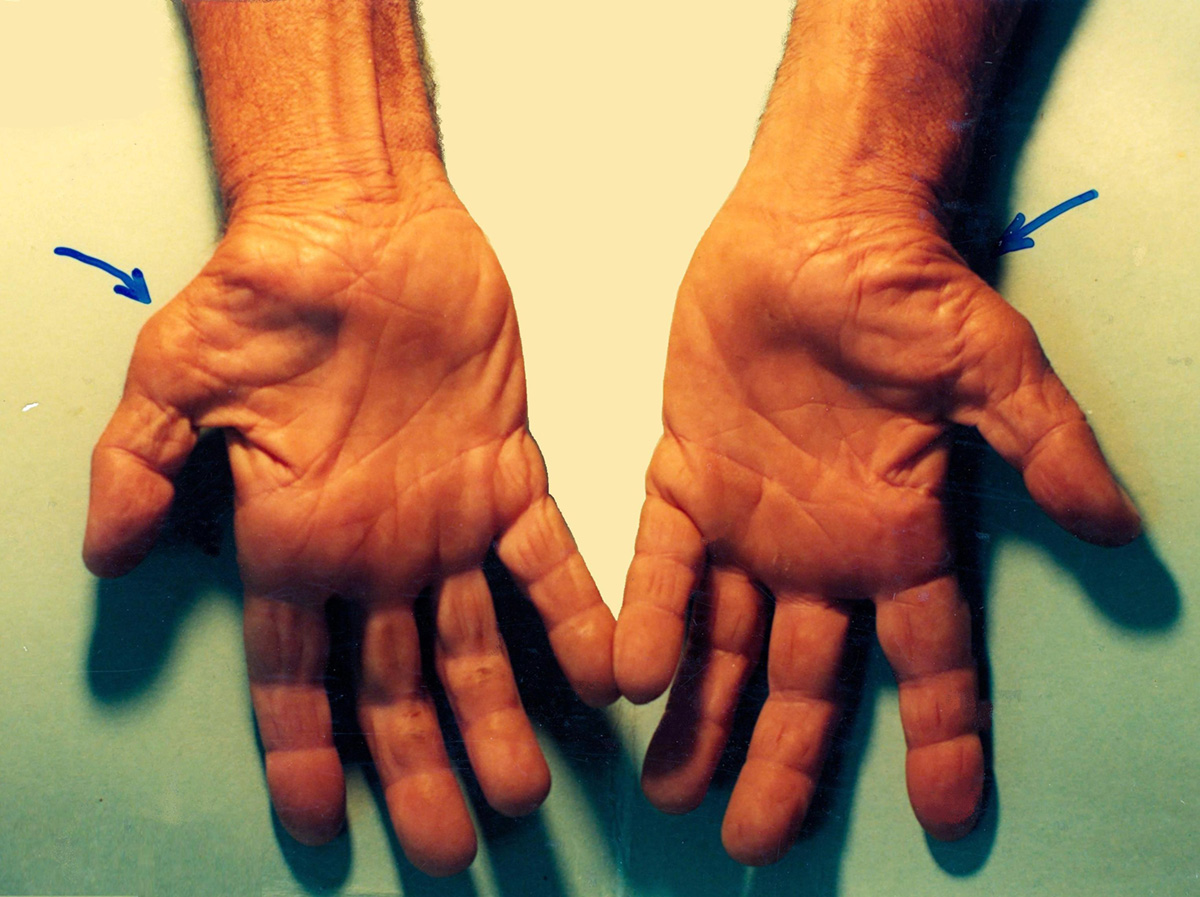
One of the main nerves of the hand that also the largest and unprotected (either by muscle, or a bone) is the ulnar nerve. It has several branches and it is connected to the little finger and to the ring finger. The ulnar nerve itself is the connection between the spinal cord and muscles of the forearm and hand.
Cubital tunnel syndrome is the condition which is related to this nerve, and it happens when the ulnar nerve is under the pressure, thus causing various problems of the hand, fingers or elbow. Some of the possible problems which are related to the hand include weakness, pain and swelling, but the problems which can be related to the small fingers or ring fingers are tingling and numbness. Pain can also appear in elbow. This condition should be treated as soon as possible, because the cases in which it will go off by itself and without any treatment are very rare. Also, the more the symptoms and the conditions are ignored, the less are the chances of the successful treatment. If ignored, this condition can lead to a serious and permanent nerve damage, which will influence the functionality of the fingers.
Depending on the cause and the seriousness of the condition, several ways of a treatment are possible. In less serious cases, it will usually be enough to use splinting and correction of the postures. But in more serious cases, or in cases in which these, or some other non-surgical ways of treatment have failed to show the results, a surgery may be suggested as a possible solution. The purpose of the surgery should be related to providing more space for the nerve and tendons, and thus permanently diminishing the pressure on the nerve. The most common surgeries are simple decompression, ulnar nerve transposition, and medial epicondylectomy. Simple decompression requires an incision of some 6 to 10 cm along the nerve. Ulnar nerve transposition is a surgery procedure in which the nerve is moved either under the skin, or under the muscle in that area. As for the length of the incision, in this procedure it is a bit longer, 15 cm. Medial epicondylectomy, which shall allow the nerve to move back and forth when elbow bends or straightens after the removal of the bump, demands an incision which is long about 10 to 15 cm. Each of these surgeries may have complications, but with a good and experienced surgeon, the risk should be reduced to minimum.As for the recovery period, it depends on several elements, but generally, in the great majority of the cases, if everything goes well, a patient should restore the functionality of the hand after a few months.




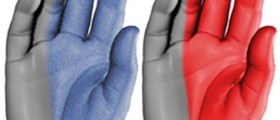
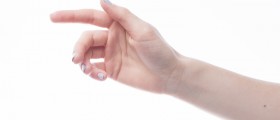
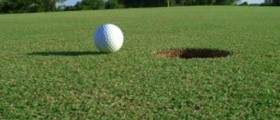



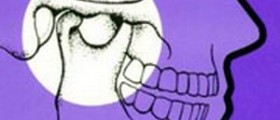






Your thoughts on this
Loading...